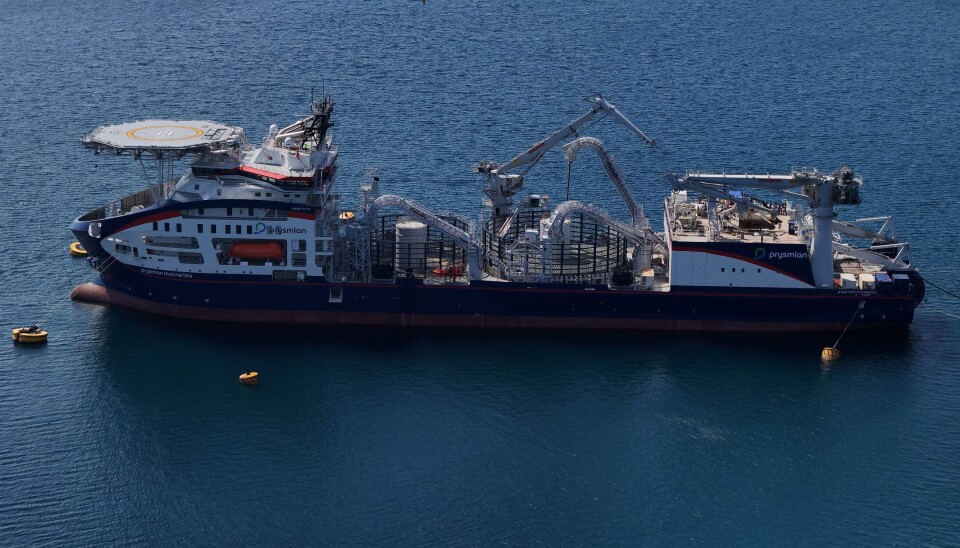
An Evolution of the Sister Ship
VARD's designers already had solid experience with the sister vessel before they began work on the Prysmian Monna Lisa. That was a key factor in enabling delivery of such a large vessel in record time.
Having Prysmian Leonardo da Vinci come first proved a major advantage for the design team at VARD when they set about designing the Ship of the Year 2025. While it may appear identical at first glance, the Prysmian Monna Lisa is in fact an evolution of an already outstanding vessel.
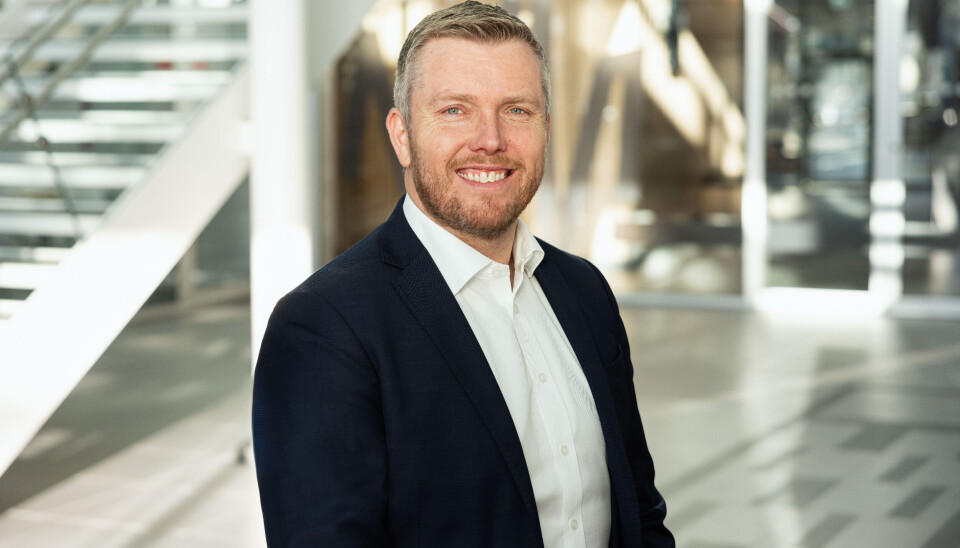
“When you’ve found a recipe that works—for both the shipowner and the crew—it’s better to refine it rather than start from scratch with major changes,” says Christian Utvik, Chief Sales Officer at VARD.
Utvik, who previously served as project manager for Skandi Africa delivered to DOF in 2015—the last time VARD took home the award—explains:
“We’ve developed and improved the design. But there’s no need to reinvent the wheel. With prototypes, you often face challenges that you can then improve upon in the sister ship, and that’s been the case here.”
“If you look at the vessel that will follow Prysmian Monna Lisa, the same thinking applies. It’s larger and has higher capacity, with different lines—but there’s a clear thread running through the entire portfolio Prysmian is building with us. This benefits VARD, and crucially, it helps the shipowner when promoting the vessel to end clients,” says Utvik.
Less than two years build
Kjell Morten Urke, Managing Director of VARD Design, notes that while the ships may appear similar, there are different suppliers involved in the latest project.
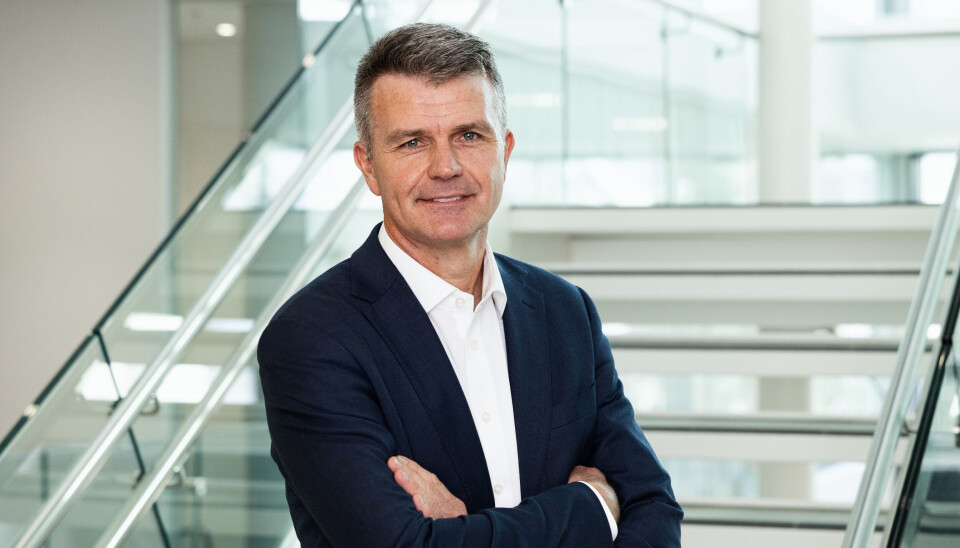
“Some of the equipment has been improved and taken a step further. But the design philosophy remains the same. The owner was very pleased with Prysmian Leonardo da Vinci and the experiences gained from her, and therefore ordered a new vessel.”
What’s truly unique is the construction time. Less than two years passed between first steel cutting and delivery of the completed vessel from VARD, with the cable-laying equipment fully installed. Whether that sets a world record for a vessel of this size is unclear—but it can’t be far off.
“That’s why it’s important we don’t make major changes,” says Urke.
But what made the Prysmian Leonardo da Vinci design so good that it was carried forward?
Urke explains the vessel’s capabilities and efficient operation for cable-laying:
“The owner was focused on creating an efficient machine that could lay cables more effectively. That’s likely where the greatest reduction in CO₂ emissions comes from—they spend less time at sea laying the same stretches of cable compared to a less efficient vessel.”
“How was that achieved?”
“It comes down to working with the client to understand what the vessel needs to do, and then applying our established design methodology to develop a solution that supports the operation in the best and most cost-effective way. We assess the cable-laying system—every cable route through the stern chute, capstans, spooling systems, carousels and other integrated equipment onboard—and build the most optimal solution around that. That operation must be as efficient as possible,” says Urke.
Feedback from crew
The team also worked on hull development, systems integration and onboard layout to meet Prysmian’s specific requirements. The ship is capable of carrying up to 19,000 tonnes deadweight and must operate efficiently in transit under various conditions. This is crucial, as the type of cables used by this year’s Ship of the Year are produced in only a few locations, meaning the vessel often faces long transit legs.
The Prysmian Monna Lisa features DP3, a 3 MWh battery pack, and a power system allowing selective engine use to match operational needs and provide the required bollard pull to lay cables even deeper than 3,000 metres.
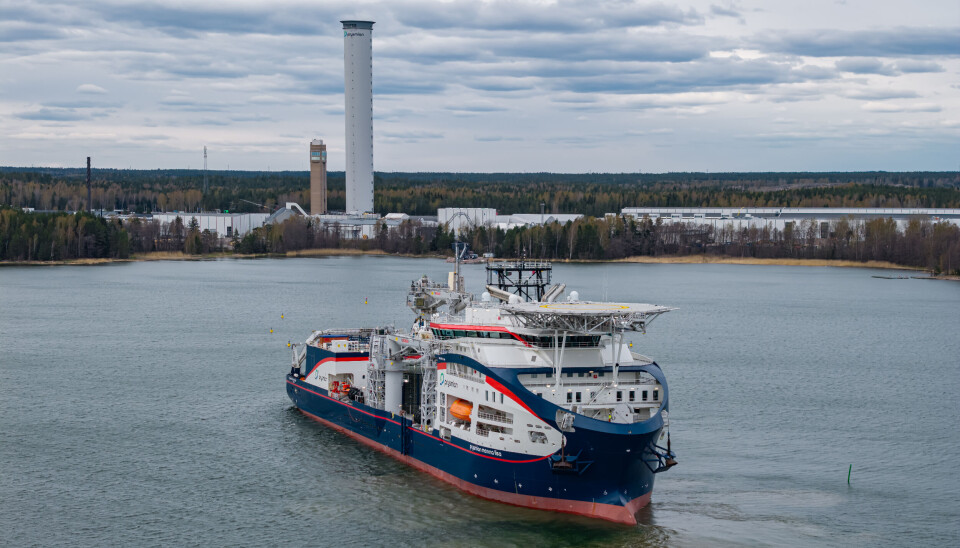
“The client performs a detailed operational analysis to use the hybrid system efficiently—running fewer engines at lower loads and using the battery to handle peaks. Weather obviously plays a big role, but we conduct the best evaluation possible based on the data provided,” adds Utvik.
Another benefit of having designed and delivered the sister ship was the ability to receive direct feedback from the crew about what worked well and what could be improved.
“We had many discussions with them about potential improvements. We maintained close contact with the owner during and after delivery of Prysmian Leonardo da Vinci, so anything that didn’t quite work as planned could be addressed in this vessel, ensuring better integration between ship and cable-laying equipment,” says Utvik.
Both Utvik and Urke agree such feedback is invaluable—not just for improving conditions for crew, but for the designers to learn and grow.
“We have a wide range of clients. Some want turnkey solutions from us, where we bring in topside suppliers and deliver complete vessels. Others are highly focused on the cable-laying system and see the vessel as merely a platform. They concentrate on the system and optimise it, and we build the ship around it. Prysmian has focused on both the laying systems and the ship’s development,” explains Utvik.
Had a clear idea
Prysmian is a major, forward-leaning cable manufacturer that has recognised the value of offering both cable production and installation capability. There's immense value in being able to develop, produce and lay cables in deep waters without compromising quality.
Urke explains that the Italian company had a very clear idea of what it needed. They had thoroughly analysed their operational patterns and identified upcoming missions, water depths and weather criteria. As a result, the specification provided to VARD was well defined, giving the design team a precise brief.
“We then had to apply our analysis tools and design methodology to bring this together,” says Urke.
An efficient vessel uses less fuel—and therefore emits less CO₂.
The shipowner also prioritised crew comfort, recognising that the vessel is a home for the crew for long periods. According to Urke and Utvik, rarely is there so much space per person onboard. This is thanks to the ship’s capacity and overall size. There are large cabins and recreation areas, and the mess hall is larger than the dining room of an average hotel. The aim was to create a "home away from home", Utvik adds.
“There’s room for 120 people onboard, and they are responsible for operating all technical systems. The shipowner made it clear that the crew’s wellbeing was essential. When they first visited and saw some of our smaller vessels, they immediately said the space was insufficient,” says Urke.
The vessel features two deck-mounted carousels for cable storage, which improves stability when not fully loaded. There are also three large roll-damping tanks that help counteract vessel motion.
“Ships with high-placed loads often become stiff in ballast condition. When unloaded, they can be extremely uncomfortable due to rapid accelerations and jerky movements. You need deep knowledge of stability and motion characteristics when designing this type of vessel,” Urke explains.
With a beam of 34 metres, there’s space for the massive carousels and the vessel maintains flexibility.

The ship has one 10,000-tonne carousel and another that holds 7,000 tonnes. It can sail fully loaded with 10,000 tonnes in the largest carousel or carry up to 7,000 tonnes in both.
At the bow are two tunnel thrusters, in addition to two retractable thrusters to achieve full bollard pull. The vessel has two engine rooms, separated by a fireproof bulkhead, housing six main engines (4 x 4,720 kW and 2 x 1,480 kW). These are also prepared for biodiesel operation.
“The key metric is efficiency—how many miles of cable can be laid per unit of time. That’s the focus,” says Urke.
Below deck, the vessel features various system rooms, storage, switchboards, and a tank for fibre-optic cables, which can be laid alongside the larger power cables—allowing for monitoring and troubleshooting if issues arise.
At the stern, there are three ABB azipod propulsion units with underwater-mounted motors.
“It’s an extremely efficient propulsion system,” says Urke.
Three operations in one
Another key feature is the vessel’s ability to perform three operations in one. One system digs the trenches, another lays the cable, and a third reburies it—whereas this typically requires two or even three separate operations.
This further reduces the operation’s total CO₂ footprint.
At the stern are two ROV hangars—one on each side—for subsea monitoring of the cable-laying process. On deck is a 100-tonne SWL crane and an 85-tonne SWL A-frame with a 200-tonne AHC towing winch for handling trenching ploughs and performing subsea lifting.
In addition to large, well-lit cabins, there’s a spacious auditorium midship, lounges, and a sizeable mess serving real Italian pasta.
The bridge is also expansive, offering full visibility and equipped with meeting rooms and offices for the captain and officers. It can be sectioned off if needed. The helideck can accommodate large Sikorsky helicopters.
Prysmian’s emphasis on crew facilities is no accident. As in Norway, there’s stiff competition in Italy for the best personnel.
“Equipment and products matter—but capability depends on skilled people. And good people are hard to find. The better the facilities, the better the crew you attract,” says Utvik.
Ship design is often described as the art of compromise. Shipowners have wishes or needs, and designers must ensure compliance with regulations and stability standards. The challenge is to find the best compromises together.
“That’s why we rely on our analytical tools to identify optimal solutions and make informed decisions. It also comes down to cost,” says Urke.
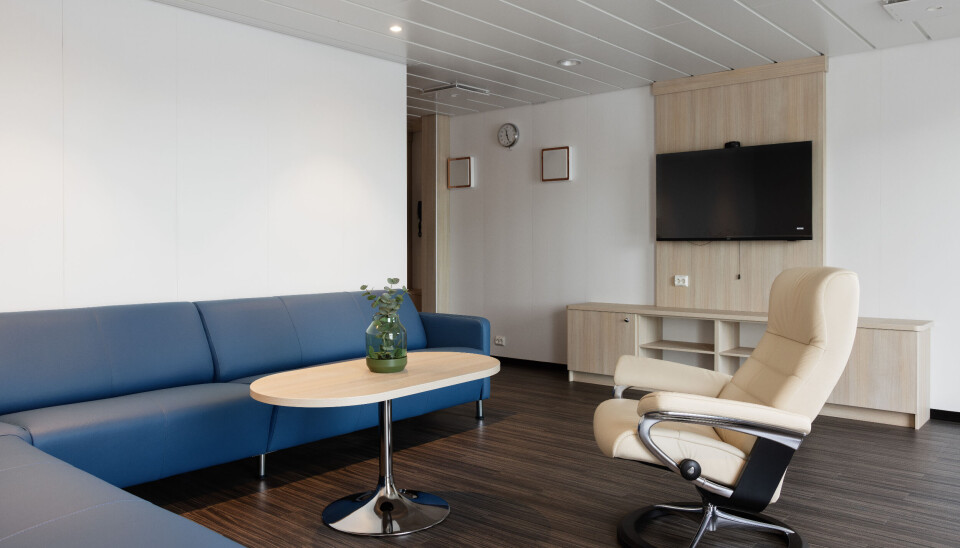
As a turnkey provider, VARD offers deep expertise in design, integration and construction—skills they bring into both the sales and development phases. This is quite unique, as the design process involves a broad array of disciplines, Utvik adds.
As former Prime Minister Gro Harlem Brundtland once said: everything is connected.
A major recognition
The delivery time for Prysmian Monna Lisa remains an extraordinary achievement. But does that mean the designers had to work exceptionally fast?
“Yes, we moved extremely quickly with this vessel—but we had a strong foundation to build on,” says Urke.
“We spent a long time designing the first vessel. Most of the engineering and alignment with the client was already in place when we began work on Prysmian Monna Lisa. It also helped that the vessel was urgently needed for an operation, and timely delivery was crucial for Prysmian. So we pushed hard—and managed to deliver ahead of schedule,” he adds.
Now that Prysmian Monna Lisa has been delivered and crowned Ship of the Year 2025, both men see it as major recognition of the work they’ve done.
“When Prysmian first came here, we had much closer follow-up from them during the first vessel. Now, trust had been built through Prysmian Leonardo da Vinci,” says Utvik. That trust carries over to the third vessel currently being built for Prysmian at VARD.
“These are extremely complex vessels, and it’s rewarding to receive recognition for delivering such a large cable-layer on such a short timeline. It’s great to see the complexity being acknowledged,” he concludes.
“When building abroad, you don’t get the same golden opportunity to see what works—or doesn’t—during design, integration and construction. But you do when you build at VARD,” Utvik concludes.